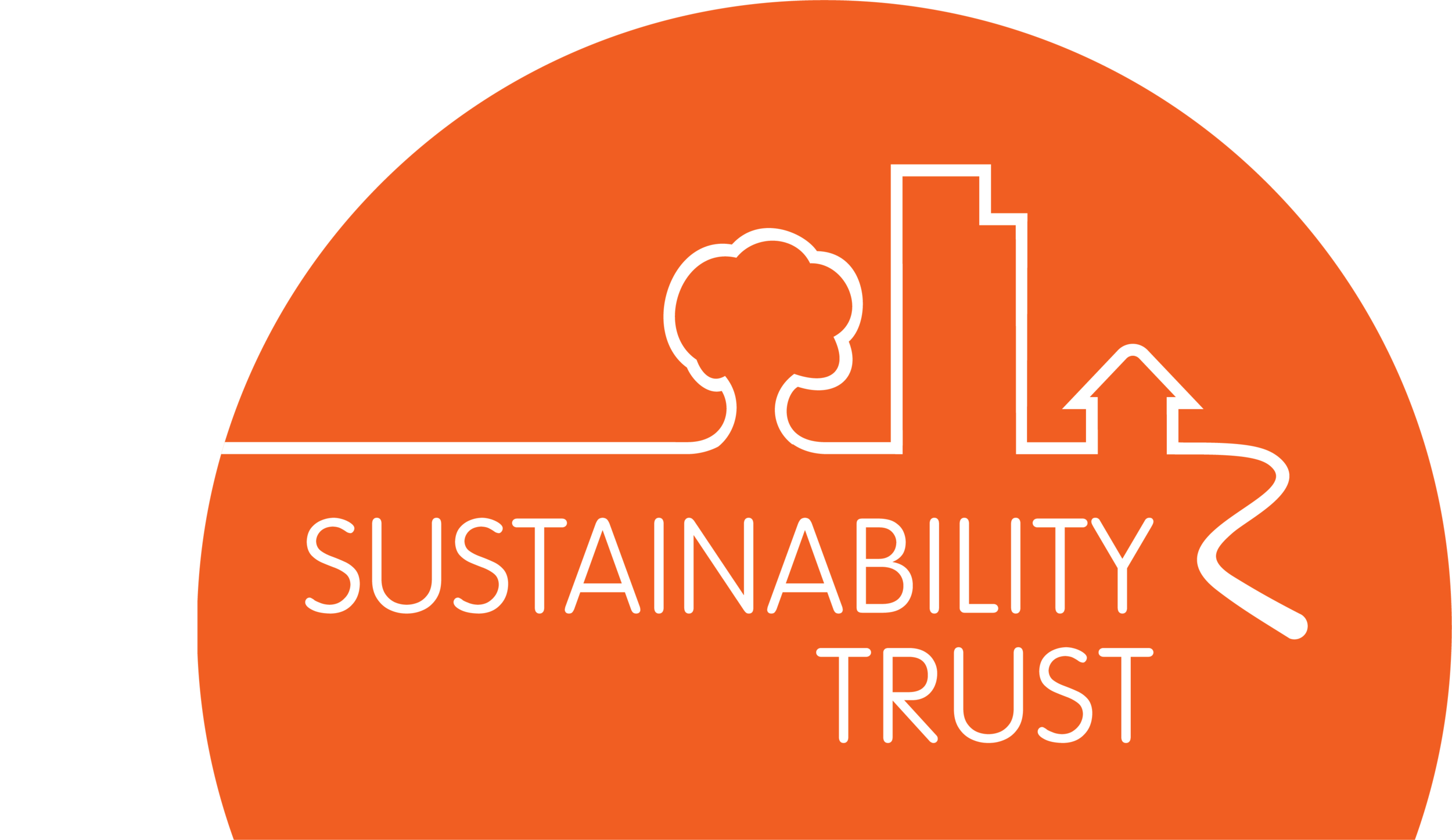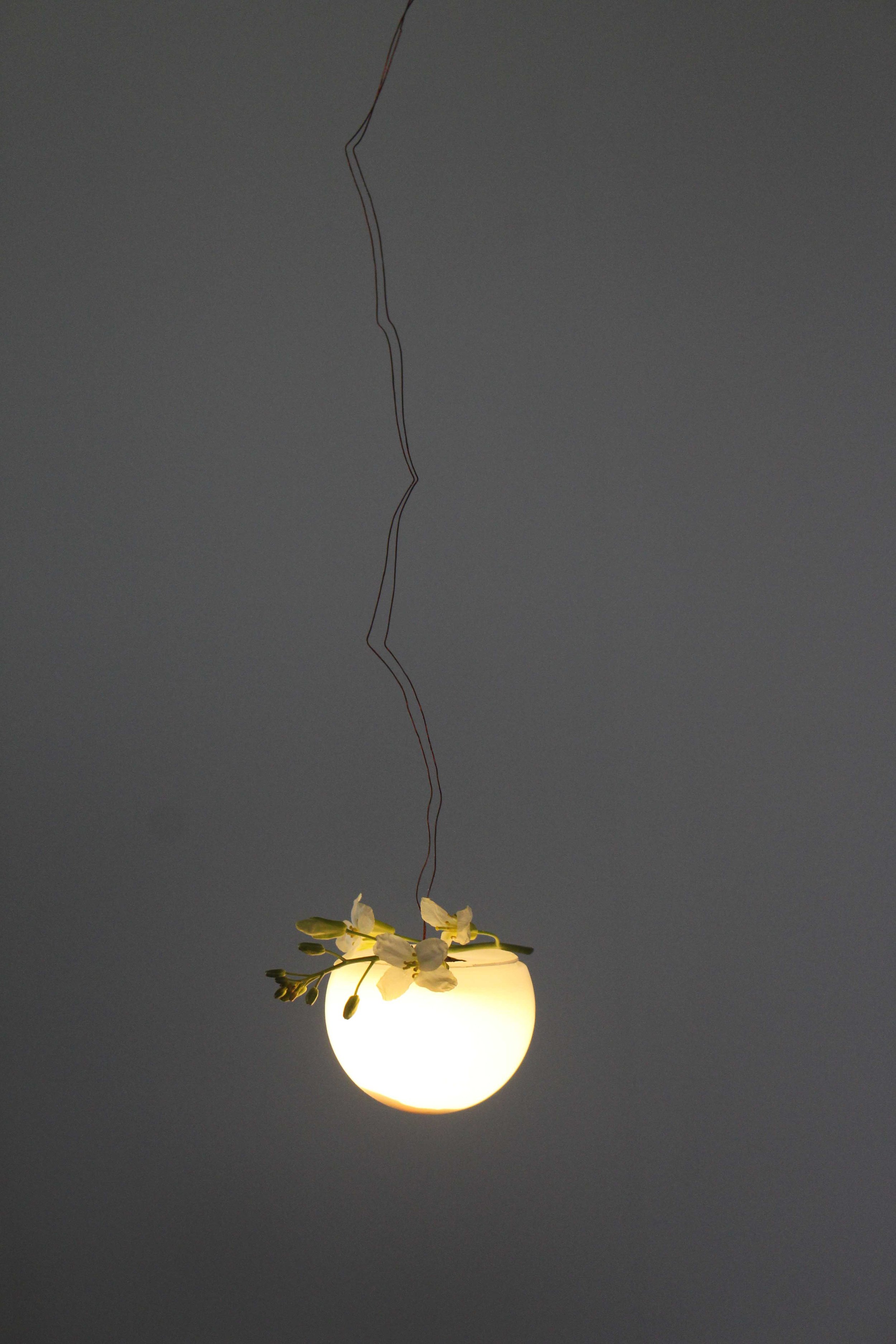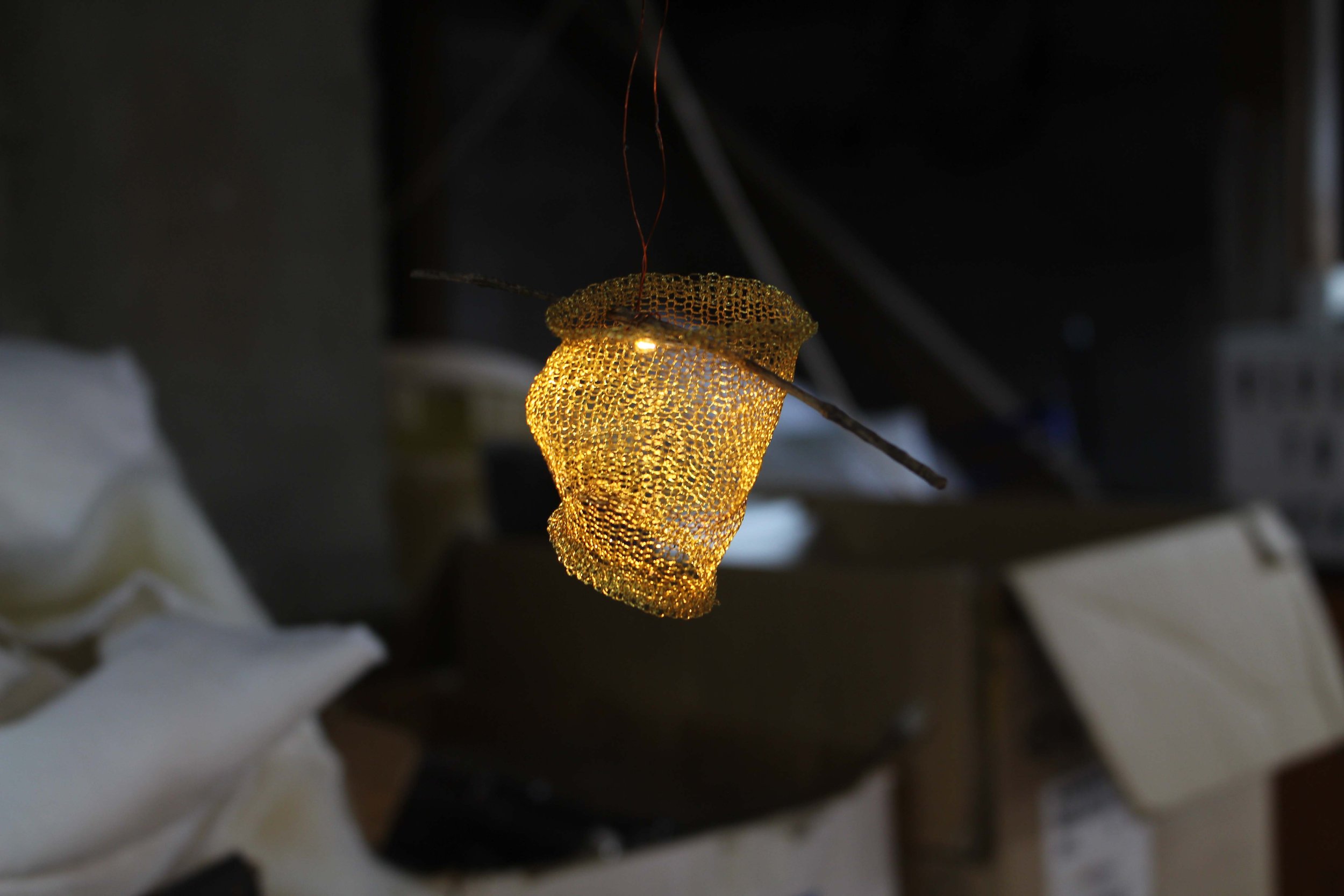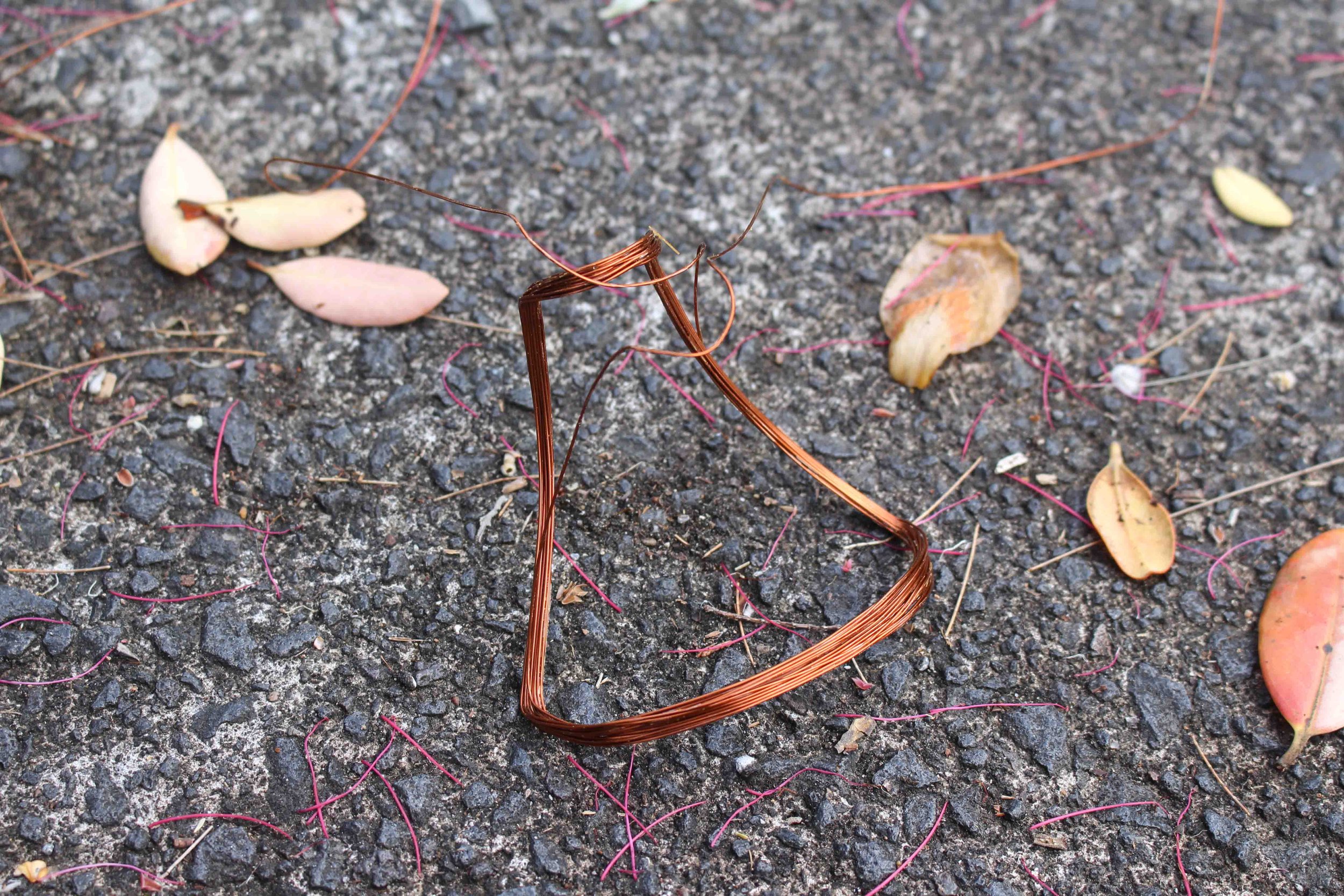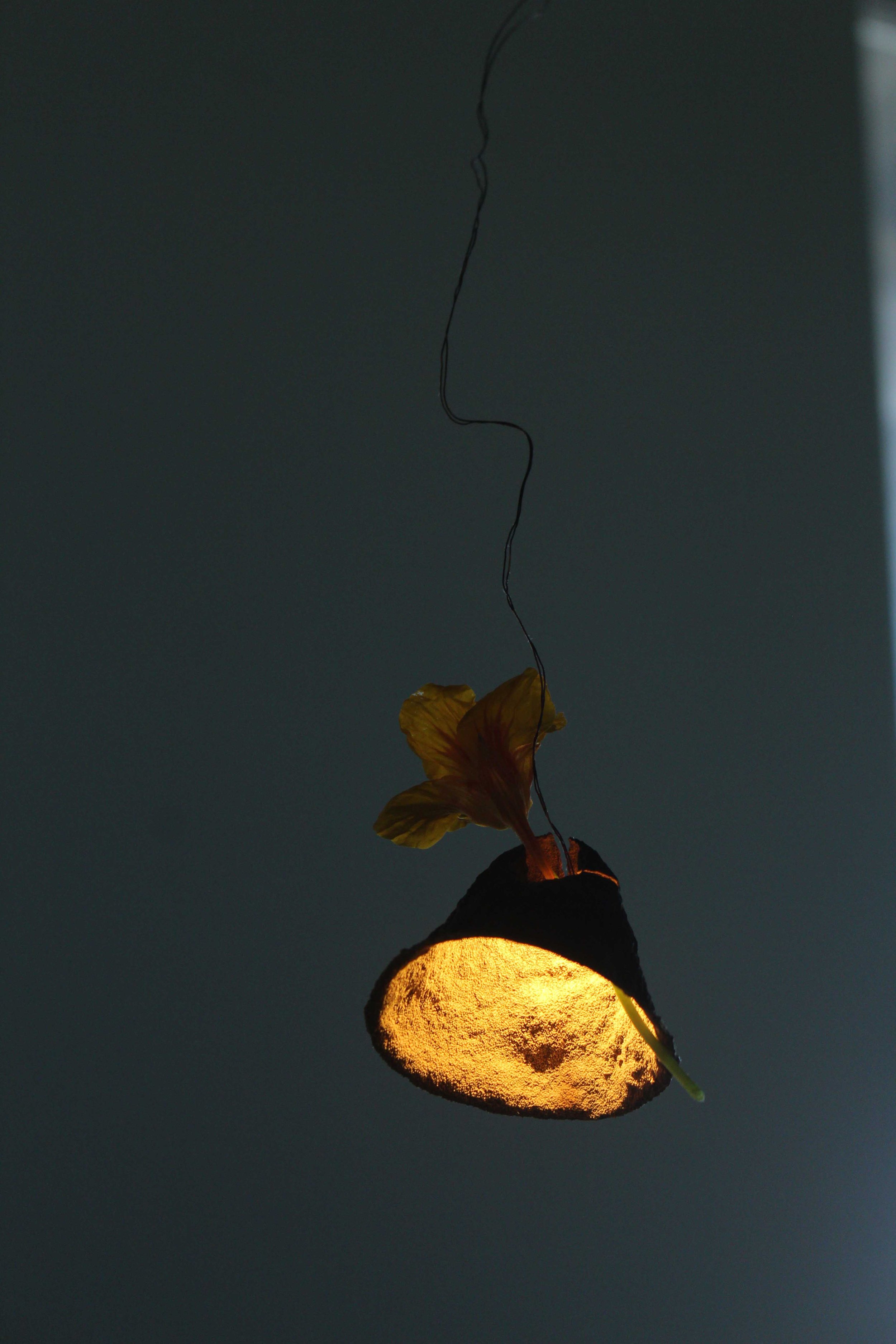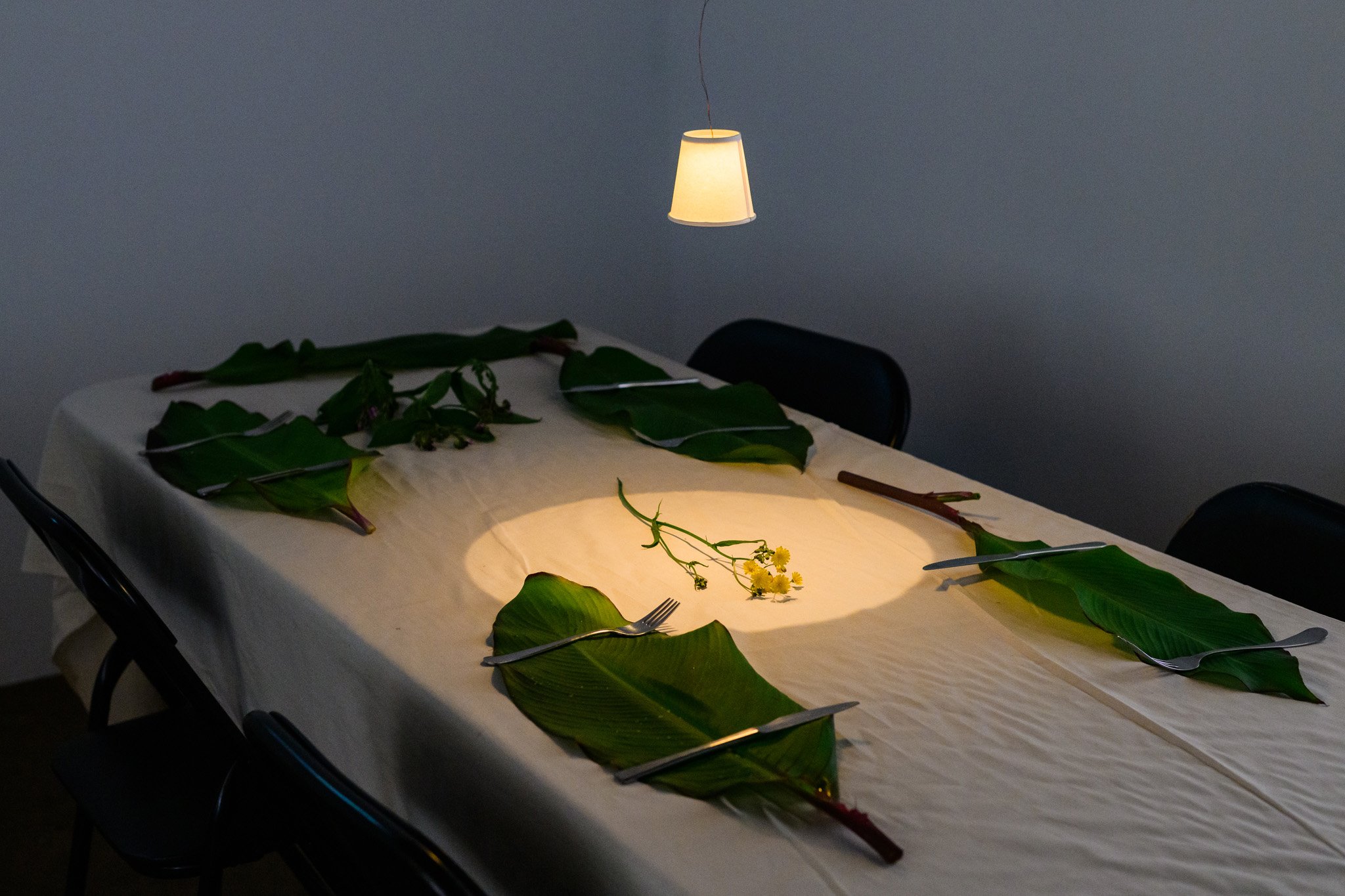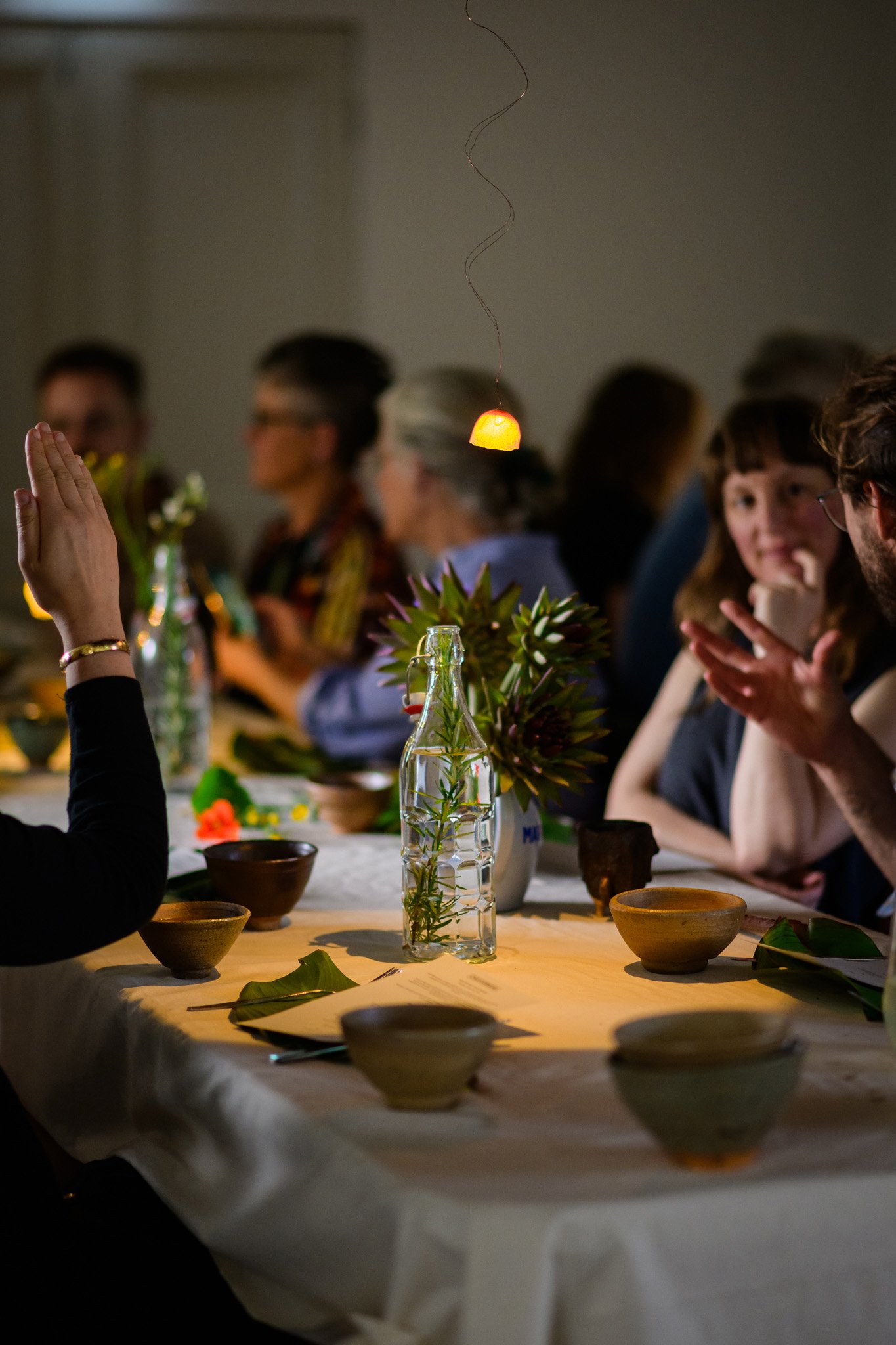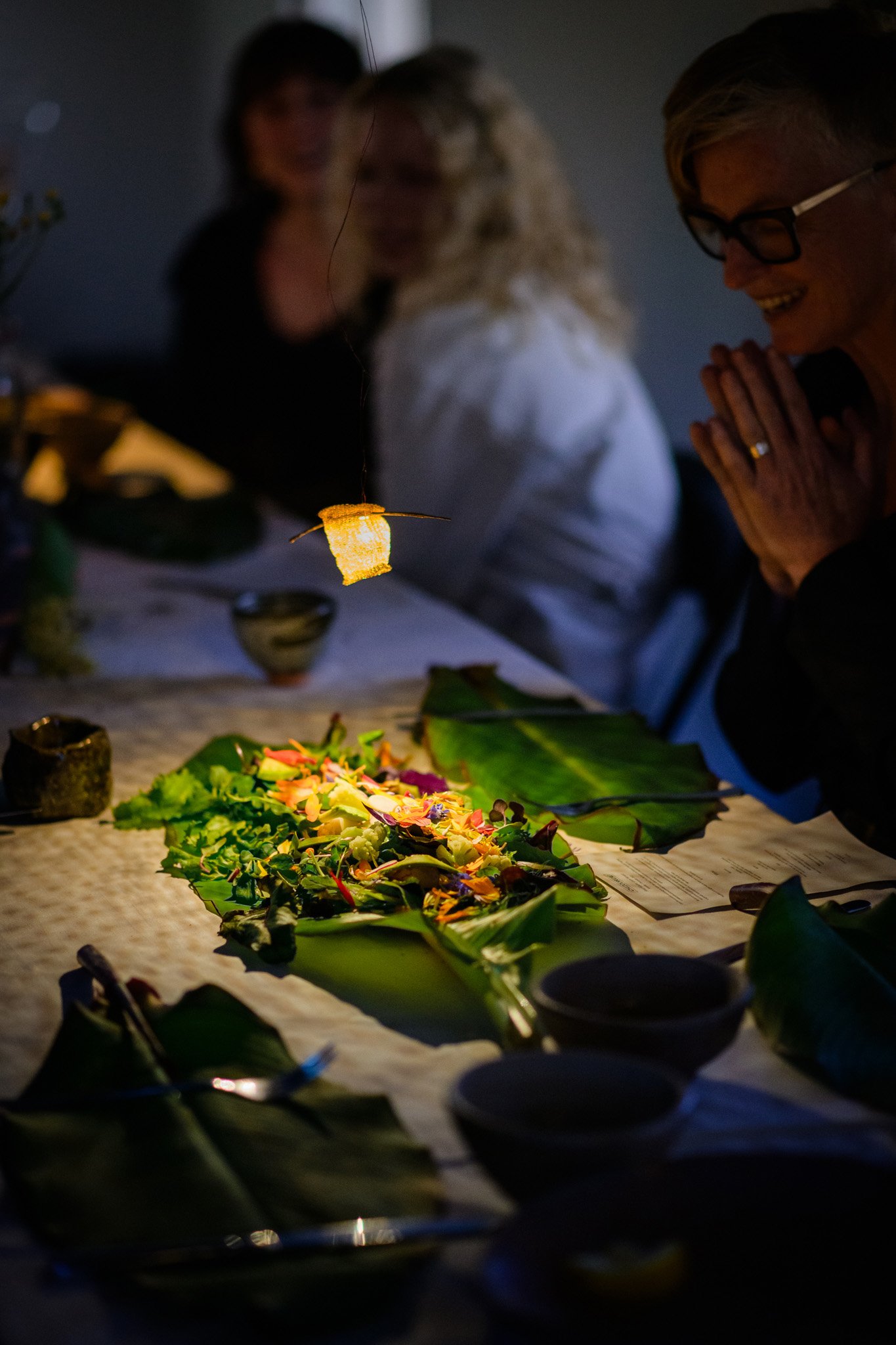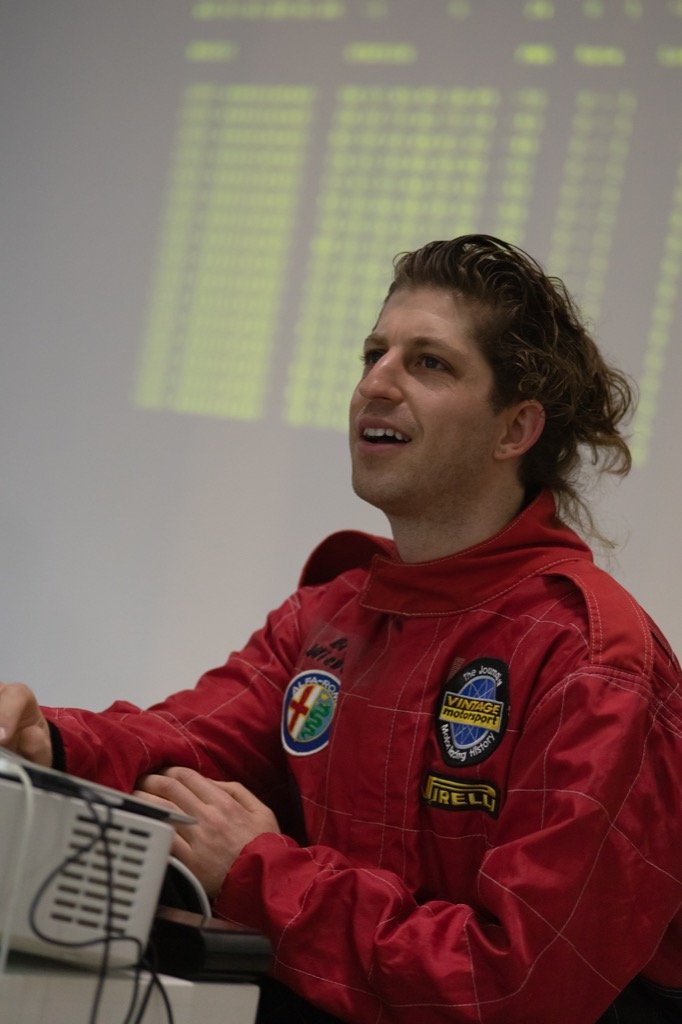Circular Creativity and Design Innovation
Published 29 January 2024
Circular creativity and design innovation
By Polly Griffiths, Sustainability Manager at Sustainability Trust, in conversation with Harry Tourell, Massey University design student, and Adam Ben-Dror, artist, designer and inventor.
The creative industries have a significant role to play in finding zero-waste solutions and have the power to shape cultural values and attitudes. We love supporting and collaborating with students and artists who are exploring creative ways to use materials.
Skills and capacity building and innovation go hand in hand to find new ways that we can value our materials and keep them circulating in our economy. We need to double the circularity in our economy to have a chance of staying within 1.5 degrees of warming.
Harry’s design
Harry Tourelle is a student at Massey University studying industrial design. For his fourth-year project, he wanted to design around the waste streams in and around Wellington with the goal to make a design from these recycled materials.
Harry came to speak to our Sustainability Manager about the waste streams we collect at our EcoCentre and to find out more about what plastics can be recycled in Wellington. Later he sourced plastic lids from us for his lamp design and brought his lamp in for a sustainability evaluation.
We love the sleek multi-functional design that Harry produced and that he has thought holistically about waste reduction including reuse of manufacturing offcuts and reducing the amount of packaging used which reduces material use but also transport emissions.
In Harry’s own words:
“As an emerging designer, it is more important than ever to consider the materials we use with landfills filling up. I started off my design with the scope of finding a waste stream local to New Zealand and creating a design from that recycled material.
I ended up selecting two plastics in forms that can’t be readily recycled in Aotearoa. The first one is Polyethylene terephthalate/ Polyethylene (PET/PE), Type 1 resin code, chips. The second plastic is High Density Polyethylene (HDPE), Type 2 resin code, drink bottle lids. My chips are a post-manufacture waste stream at a plastic plant, the milk bottle lids are sourced from Tussock Cafe based at Massey University Wellington and the Sustainability Trust Wellington. Drink bottle lids are unable to be recycled at kerbside due to being smaller than a credit card 85mm x 55mm. Items smaller than a credit card fall through processing and bailing machinery.
With collection points in place, like at the Sustainability Trust, HDPE lids can be a reliable recovered material stream here in New Zealand from our many cafes for example.
Using these plastics I've designed a task and mood lamp. Overall, the lamp explores both the structural and affective qualities of HDPE and PET/PE chips to create a statement that takes the valuelessness of the waste, turning it into a design that is valued and desirable.
The diffuser is made from melting the HDPE around the PET/PE chips creating a semi translucent effect that casts a cell-like shadow. The light source is made from recycled aluminium along with the rotating mechanism for thermal heating and longevity of the mechanism. The rest of the lamp is made from HDPE milk bottle lids, this allows for the off cuts to be reused in future lamps or other designs.
The design is flat packable with the diffuser being attached through friction fit and the base through a housing joint. This feature allows for the design to fit into a box that is 2.7 times smaller than if the design wasn’t.
It has been really rewarding to create a design using material that can’t be recycled at kerbside in New Zealand.”
For a guide on what can be recycled at kerbside, click here
Adam’s design
Adam Ben-Dror is a multidisciplinary artist, designer and inventor currently based in Tāmaki Makaurau, Auckland, Aotearoa.
We started working with Adam through the project A Place for Local Making (run with Xin Cheng). APfLM was an experimental maker space supported by Urban Dream Brokerage, a shared space for inspiring imaginative and caring ways of making and living together in our multispecies entanglement. Through making and thinking with materials at hand and tuning into the more-than-human companions around us APfLM aimed to grow new stories and ideas about how we could better relate to our material and ecological surroundings.
Recently Adam got involved with running Food Futures, a two-night pop-up art restaurant, exploring the future of our food, first from a Te ao Māori perspective, and then on the second evening through the lens of sustainability and collaboration.
Adam was invited to work on the project by curator Felixe Lainge where he created lighting made from e-waste, some of it from Sustainability Trust.
In Adam’s own words:
“The whole lighting system was run off of a "dead" sealed lead acid battery from a golf cart (still lots of life in it). The copper used to connect everything together was recovered from the deflection yoke from the inside of a dead CRT television (from Earthlink in Taitā). Each lamp had a single LED diode inside of it and these were recovered individually from a "dead" LED energy saver lightbulb (sourced from Sustainability Trust). The way that I thought about it was that I had "composted" a single dead LED bulb and transformed it into this new form which was able to light up a whole room.“
All of the food was served in wood fired ceramics made by Chris Berthelsen and Jack Tilson from clay foraged from a collapsing hillside. A full summary of the project can be found here.
Diners at the popup restaurant were treated to a three-course meal with all ingredients coming from community gardens, local growers and backyards. A large projection with footage taken at Pam Adams small chicken farm in Wainuiomata (where the eggs came from) was shown after the first course. Later in the evening we had a presentation from artist and grower Rebecca Swan who gave a presentation on the soil food web alongside large-scale projections of the microbes contained within a single drop of compost, filmed through a high-powered microscope.”
Photo credit: Jinki Cambronero
